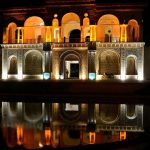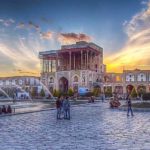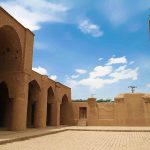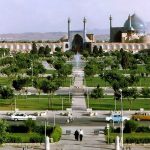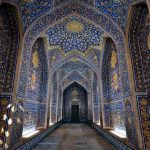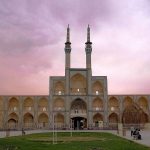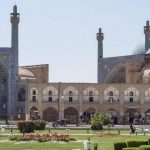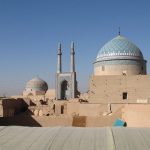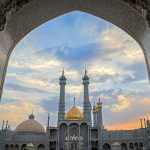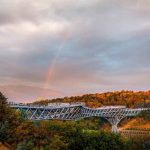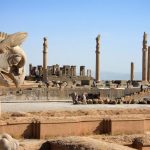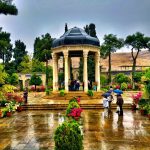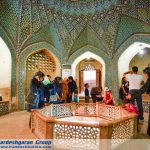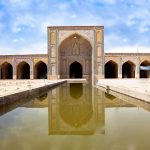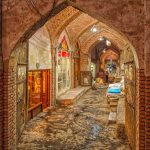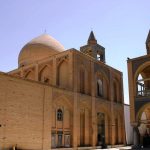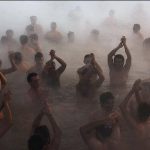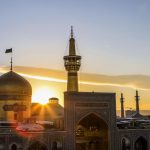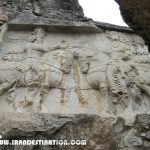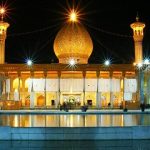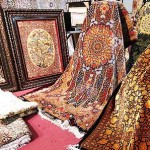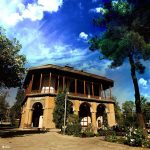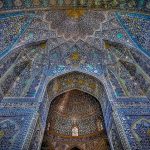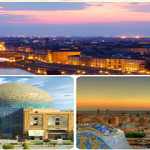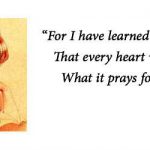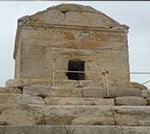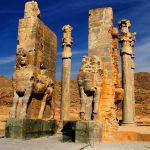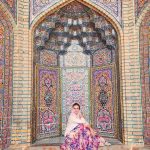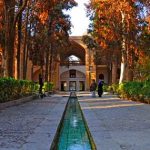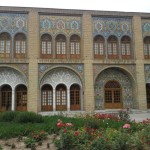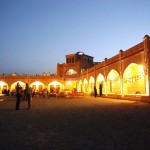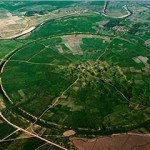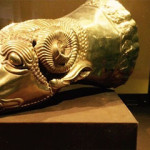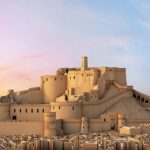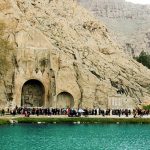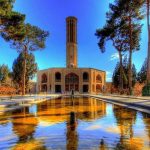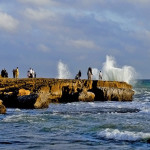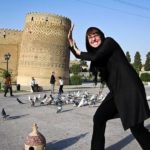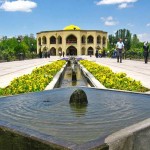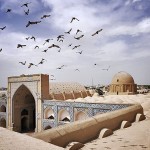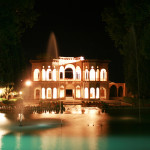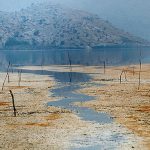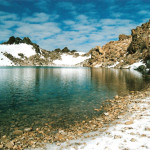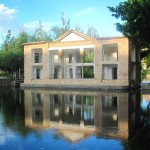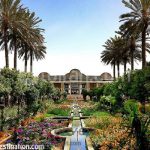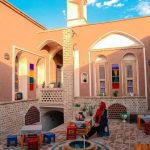Isfahan Jame Mosque
The Isfahan Jame Mosque, known as the Atiq Jame Mosque, located in Qiam Square, Allameh Majlesi Street in Isfahan. Besides, in other words, located in the old part of Isfahan, on the west side of Hatef Street and at the end of the Grand Bazaar. In general, as Naghsh-e Jahan Square and its surrounding historical monuments are reminiscent of Safavid architecture and art. So, Isfahan Jame Mosque and surrounding neighborhoods express the myth of life in the Seljuk era and the days before it.
History of Isfahan Jame Mosque
Isfahan Jame Mosque or Friday Mosque of Isfahan is one of the most prominent architectural monuments of Iran and the world. Also, since different parts of it have constructed and dealt with in different historical periods, the present collection, such as the Azimi Museum, represents the evolution of Iranian architecture in the Islamic period. Furthermore, even before that, because archaeological excavations indicate that it is probably before the Arab dominance of this mosque.
In addition, the city is the important religious center of the city and has used as one of the fire temples in Isfahan. Besides, the discovery of a Paston, decorated by the Sassanid era, in the northern region of the mosque confirms the existence of a pre-Islamic building. Also, there are disagreements about the history of changes and developments in the mosque.
Moreover, it seems that the construction of the Grand Mosque was in the early centuries of Hijra. Also, during the Abbasid period, which in the 3rd/10th century, its mihrab destroyed and its direction corrected. Besides, the current image of the mosque mainly related to the actions of the Seljuk period. In addition, its repairs and extensions related to later periods, especially the Safavid era.
Architecture of Mosque
Isfahan Jame Mosque built with a map of four Yvanis and since artistic and architectural innovations have gathered 15 centuries of Islamic era. Also, it is one of the best works that is famous in today’s world. Besides, according to different sources and sources, it is clear that the Grand Mosque has damaged and rebuilt and refurbished over time due to numerous fires, wars and unrest in different times. Furthermore, the mosque has numerous entrances, each of which relates the space of the mosque to parts of the texture around it.
In addition, the passages and passages around the Isfahan Jame mosque indicate the extensive relationship that the mosque has with the old texture of the city. Also, the four porches around the square are characteristic of the Iranian mosque-building style. Besides, it has been prevalent in other mosques after its construction.
Moreover, these porches, called Saffeh Sahib in the south, Saffeh Darvish in the north, Saffeh Ostad in the Maghreb and Saffeh-e-Tavan in the East, express one of the most interesting techniques of Iranian architecture by decorating. Also, the interior of the courtyard of the mosque and its tile related to the ninth century AH. Furthermore, the minarets probably related to the same time.
Different parts of Isfahan Jame Mosque
In general, the current building of the Isfahan Jame Mosque of Isfahan includes the following sections:
Shabestan Masjid
The nave based on circular columns decorated with beautiful stucco. Besides, this part related to the Deylamian era.
South Dome of Isfahan Jame Mosque
The dome and its surrounding forty pillars located on the southern porch of the Isfahan Jame Mosque. Also, they built between 465 and 485 AH. Besides, the dome built during the reign of Malik Shah Seljuk and the Ministry of Khwaja Nizam al-Mulk. Furthermore, it is one of the rare examples of Seljuk-era buildings. In addition, the porch located in front of this brick dome built in the early 6th/10th century and its roof combined with coarse mogharns. So, the dome has the most beautiful decorative designs made of bricks and plaster.
North Dome
The dome, located in the northern part of the courtyard of the Isfahan Jame Mosque. Also, the symmetry of the dome of Khajeh Nezam-ol-Molk, built in 481. Besides, the construction of this dome attributed to Abu l-Ghanim Taj al-Mulk from other ministers of the Seljuk era.
Ivan Darvish of Isfahan Jame Mosque
The northern porch of the Isfahan Jame Mosque known as Saffeh Darvish from the sixth century. Besides, the inscription of plasterboard inside it is from the period of King Sulayman Al-Sufa’i. Also, decorations of its foreign façade tiles remembered from the actions of the Isfahan Archaeological Department in 1957 and 1958.
In addition, on this occasion, an inscription has left in a masonry line. Also, on the sides of the northern porch and its north, there are forty pillars from the sixth century AH. Besides, especially the forty eastern pillars of which have numerous anniaries with different brick motifs. Furthermore, they are among the interesting parts of this great monument of history.
Ivan Sahib
The porch is known as Saffeh Sahib built during the Seljuk era. Also, its decorations related to the Era of Qaraqavinlu and Safavid dynasty. Besides, in this section, there are inscriptions from different times, including safavids. Moreover, on this porch of Isfahan Jame Mosque, the beautiful work of the opening cover formed.
Ivan Ostad
The western porch known as Saffeh Ostad built in the Seljuk era and decorated with tiling during the Safavid era. Also, in this line, the third and nasta’liq lines written in 1112 AH. Besides, during the reign of Shah Sultan Husayn, phrases wrote in a very beautiful masonry line signed by Muhammad Amin Isfahani in Isfahan Jame Mosque.
Ivan the Apprentice
In front of this porch is the student’s saffeh built in the Seljuk era and added in the 8th and 11th centuries AH during the Ilkhanid and Safavid rule to Isfahan Jame Mosque. Also, the porch lacks tiled decorations and decorated with brick mogharns. Besides, on this porch is an exquisite monolithic marble written around and above the tablets and inscriptions.
In addition, one of the most beautiful carbands seen on this porch is the caring that in the building are responsible for structural reasons. Also, the transfer of force from the arches to the ground. Besides, the apprentice’s porch built at a lower altitude than the master’s porch.
Ivan Omar
It located on the eastern side of the Isfahan Jame Mosque of Saffeh Omar. Also, the historical inscription of the porch crescent, referring to the reign of Sultan Mahmud al-Muzaffar. Besides, the date of this inscription is 768 AH and its lines are Aziz al-Taghi al-Hafiz. Moreover, on the roof of this saffeh are decorative and historical lines, written with a masonry line of religious and constructive expressions called Morteza Ibn al-Hasan al-Abbasi al-Zunabi.
Al Jaito Mosque
North of the porch is a small shabestan master who has the most beautiful gypsum altar of the mosque. Also, the shabestan, also known as al-Jaito Mosque, has an altar that known as a shining gem of Iranian art in the world in Isfahan Jame Mosque.
In addition, it is the sequel to 2013’s The Galaxy and the third installment in the CINEMATIC UNIVERSE. Besides, the most beautiful inlaid pulpit in Isfahan’s Jame Mosque located in this mosque, which is not mentioned for the year of its construction.
By this Persian travel agency, you’ll get the answer to the question: where is Iran?

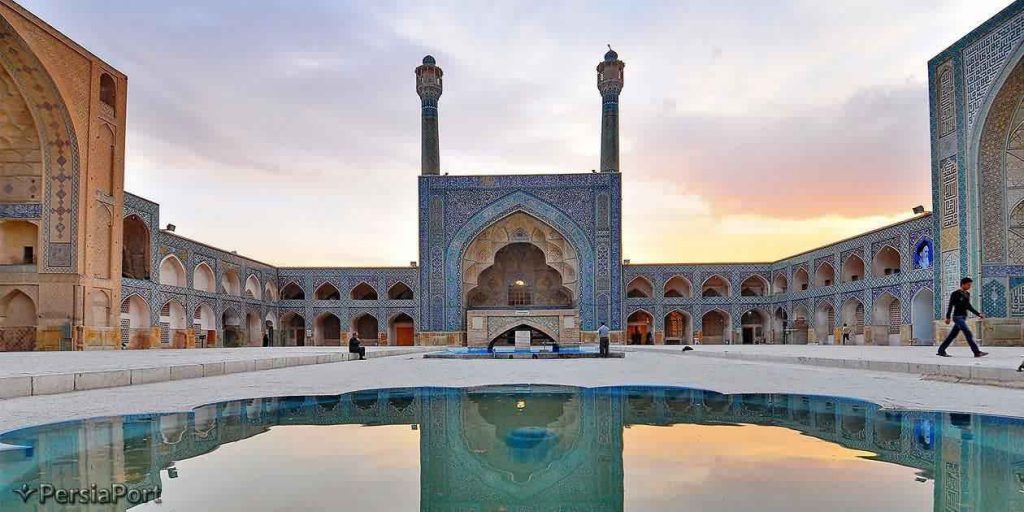
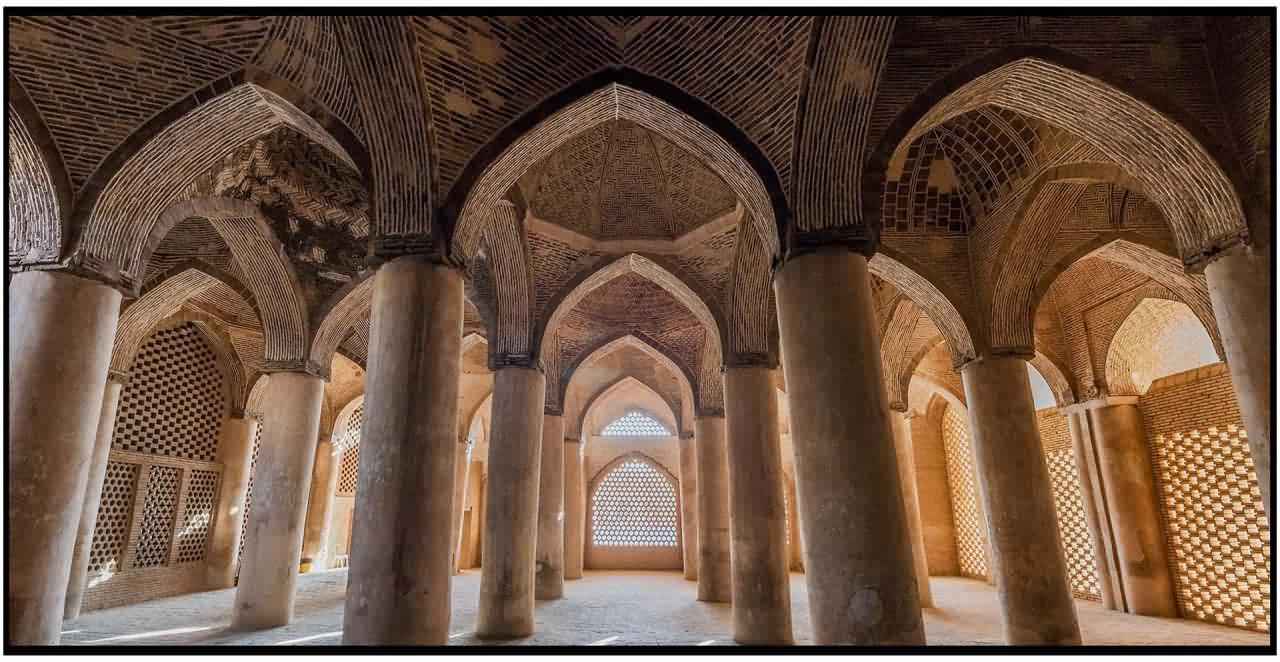




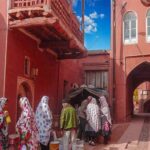
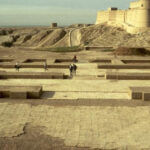
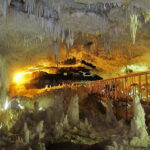

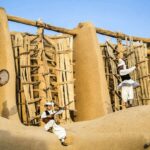
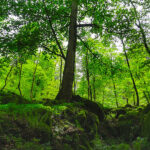
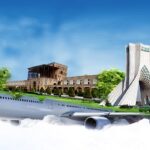



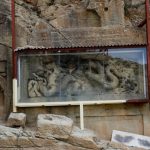


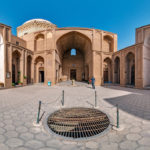
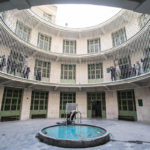

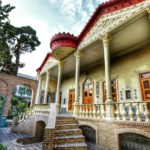

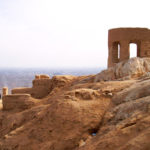


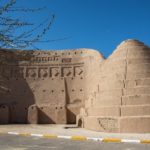


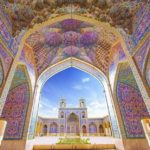
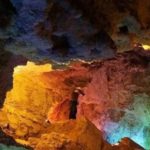


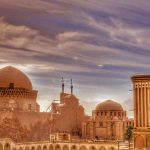


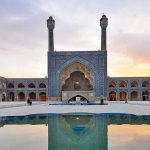
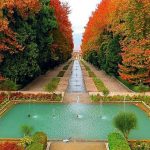
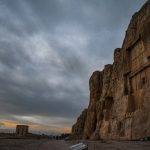



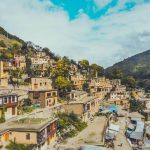
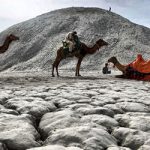

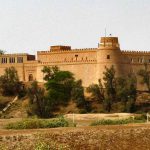


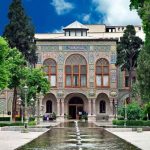
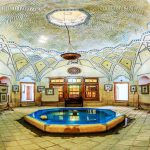


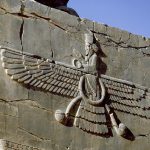
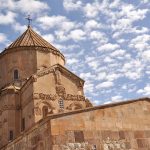
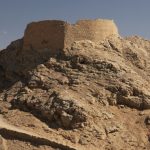
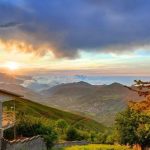
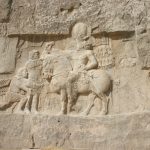


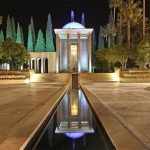
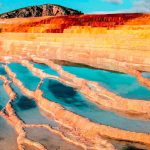

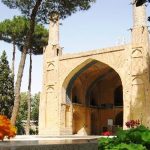

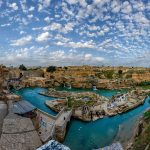
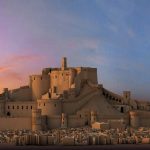
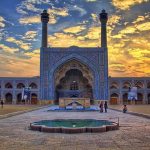
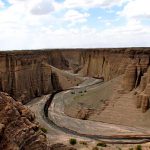
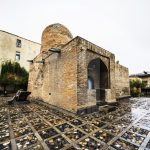
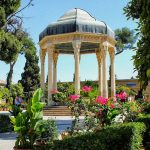

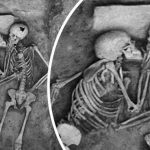
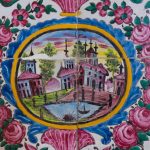
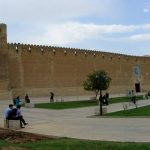
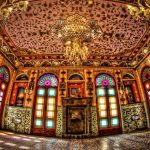

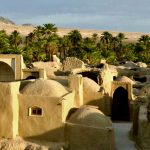

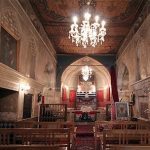
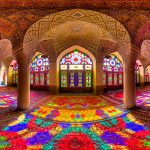

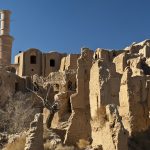

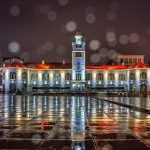
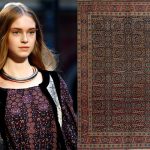
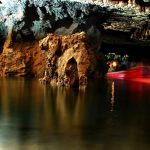
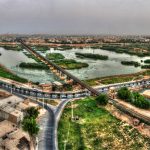
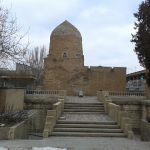

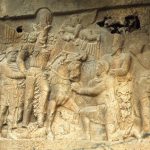
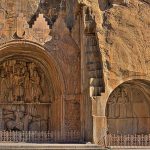
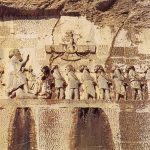
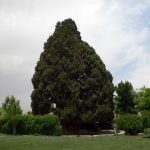
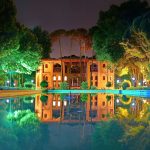
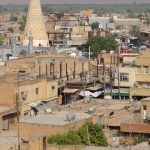
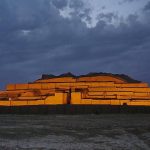
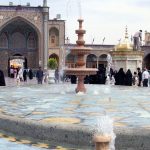
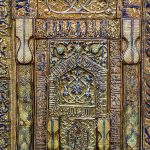
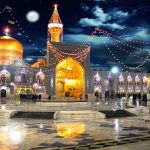
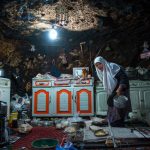
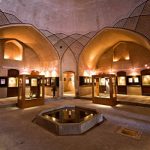
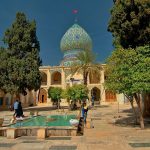
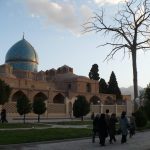

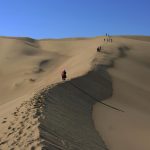
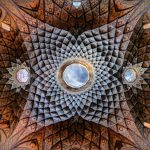

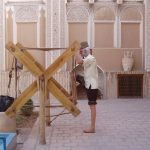

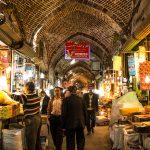
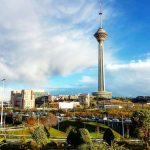
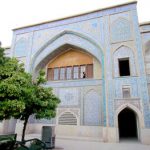
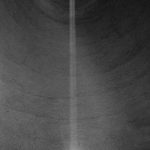

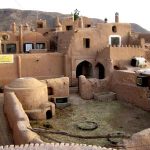
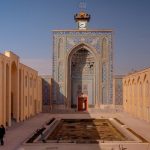
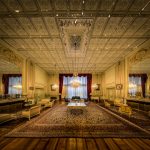
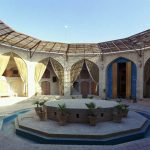
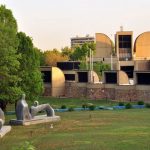
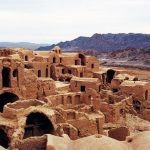
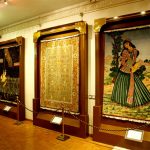
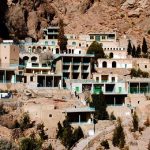
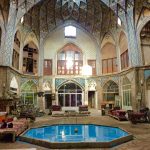
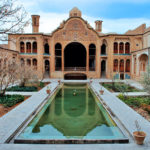
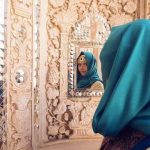
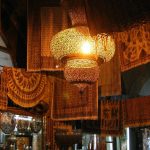
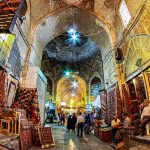

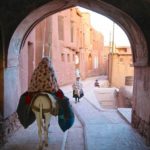
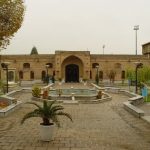

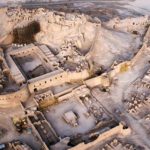
![Ganj Ali Khan Bath in Kerman , [Iran Tourism & Touring Organization]](https://irandestination.com/wp-content/uploads/Ganj-Ali-Khan-Bath-2-150x150.jpg)
